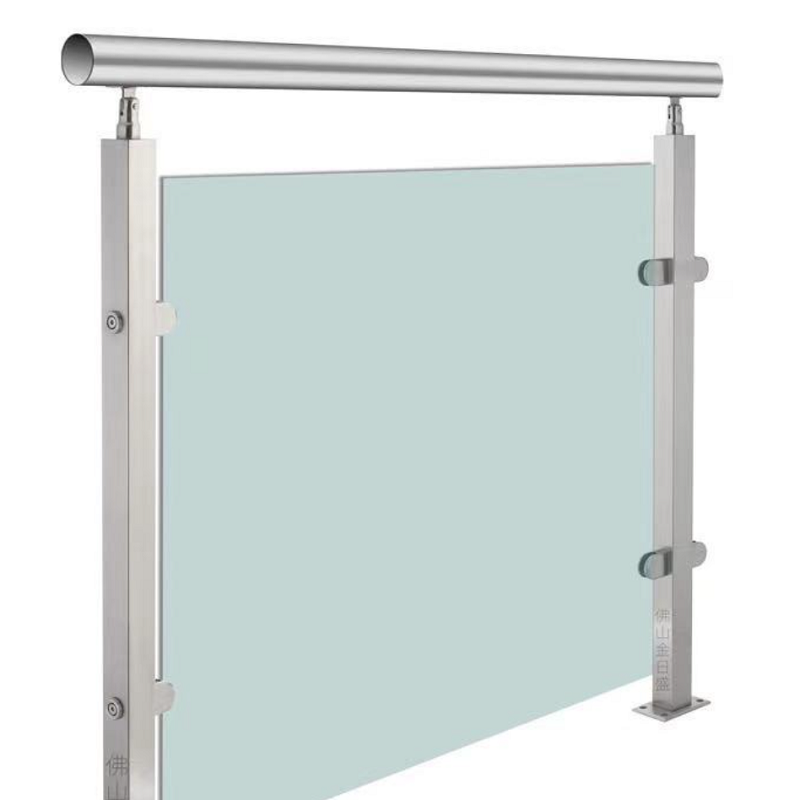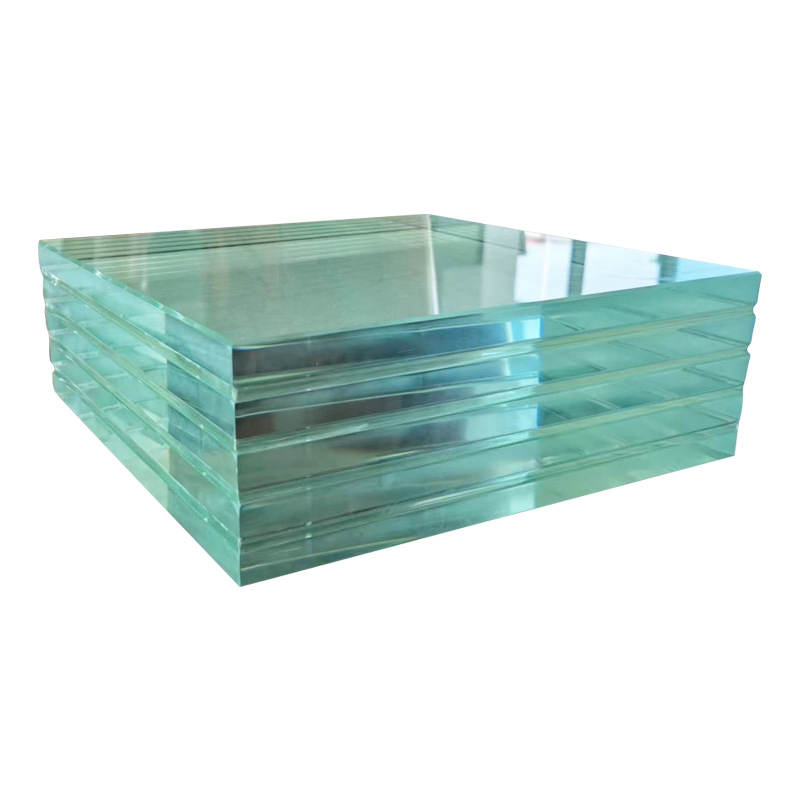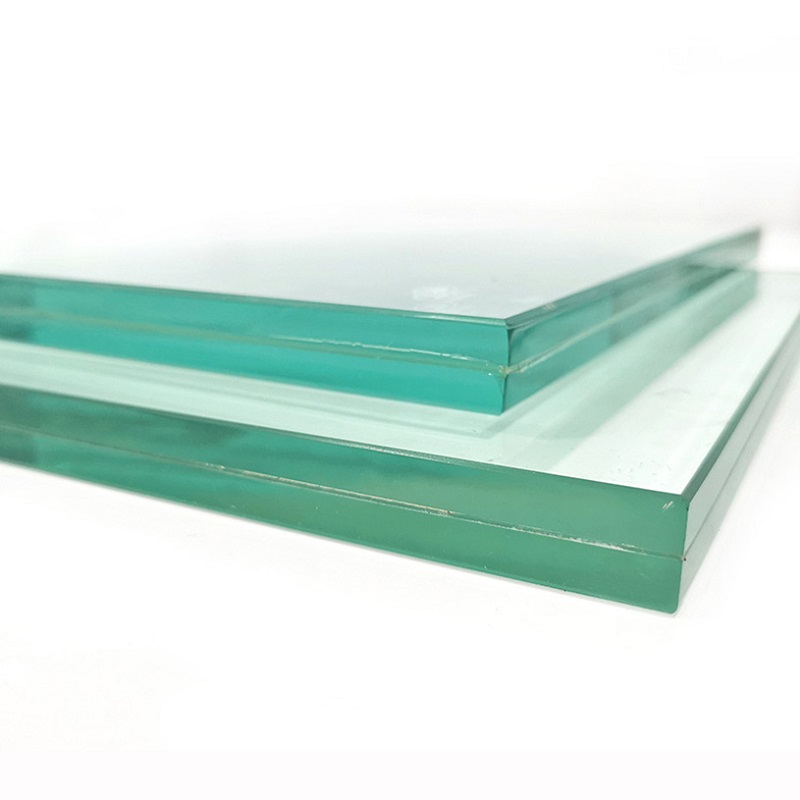Laminated glass, crafted by fusing multiple glass sheets with PVB or EVA interlayers, is prized for its safety and has become a multifaceted material for diverse applications. Initially designed for security, it's now utilized in architecture, automotive, interior design, and art.
Security and Safety:
Known for its resilience, laminated glass is a staple in secure environments like banks and museums, and can be fortified with bullet-resistant layers for added protection.
Interior Design:
It enhances interiors with its capacity for light, privacy, and sound control, and is increasingly used in design elements like balustrades and tabletops.
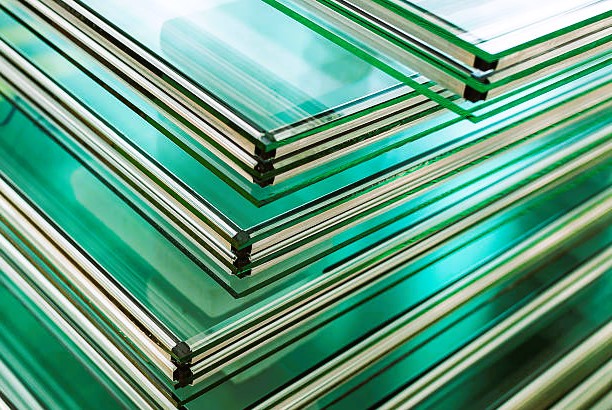
Structural Applications:
With advancements, laminated glass now supports significant loads, leading to its use in innovative structural elements like floors, stairs, and bridges.
Advantages:
- It enhances safety by preventing glass shards from dispersing in the event of breakage.
- Provides UV protection for interiors and sensitive materials.
- Offers sound insulation, reducing noise in urban and indoor settings.
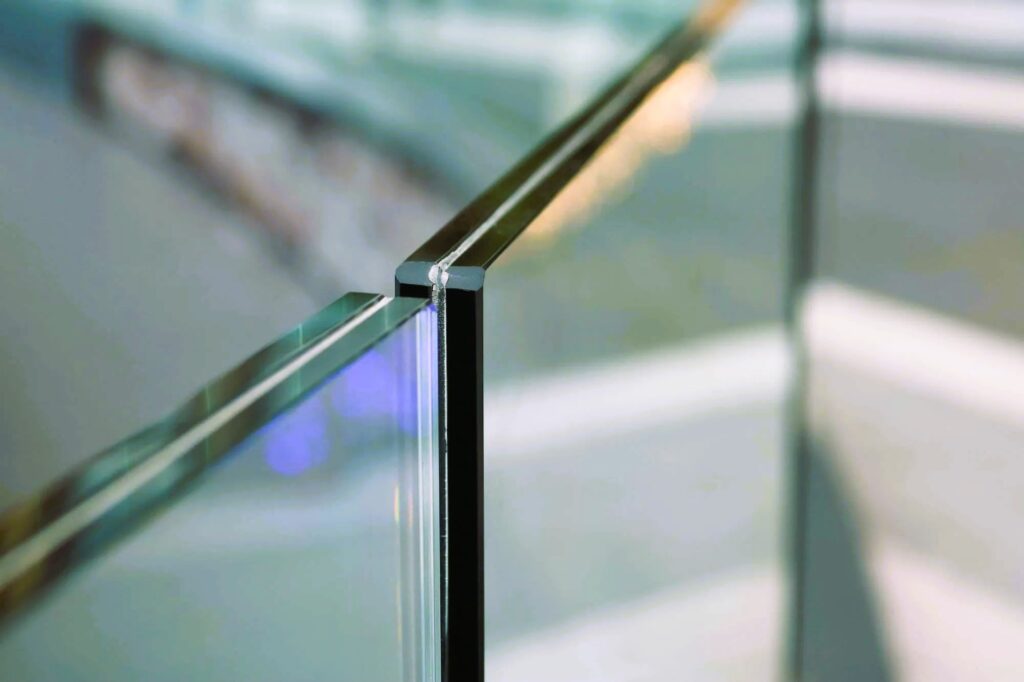
Applications:
- In architecture, it's used for windows, doors, and facades, offering sound insulation and resistance to impact.
- The automotive industry uses it for windshields and windows, ensuring strength and reducing collision risks.
Considerations:
- It may be more expensive due to complex manufacturing but offers long-term benefits.
- Requires specialized installation and maintenance for optimal performance.
Laminated glass's versatility and technological advancements ensure its continued evolution as a key material for innovative and sustainable applications across industries.


